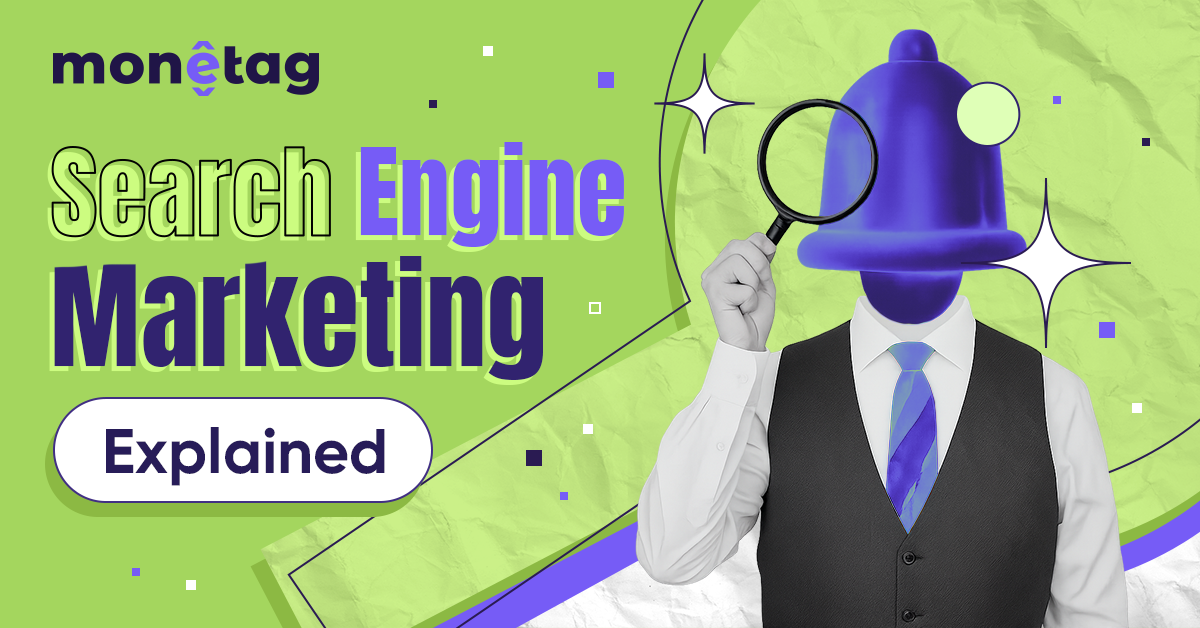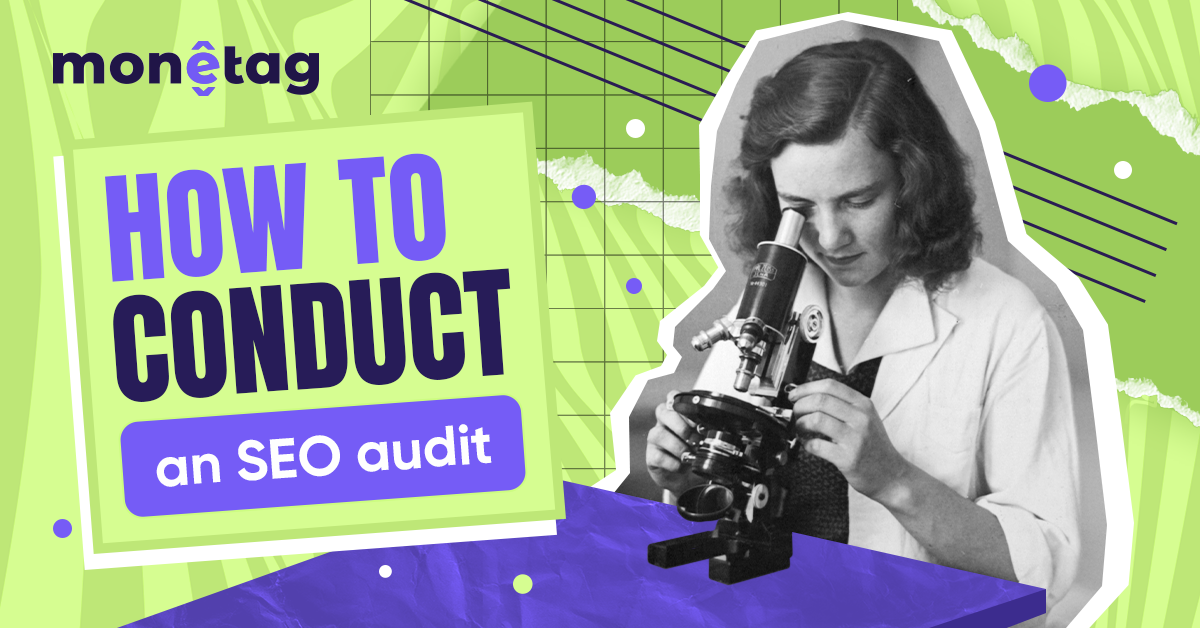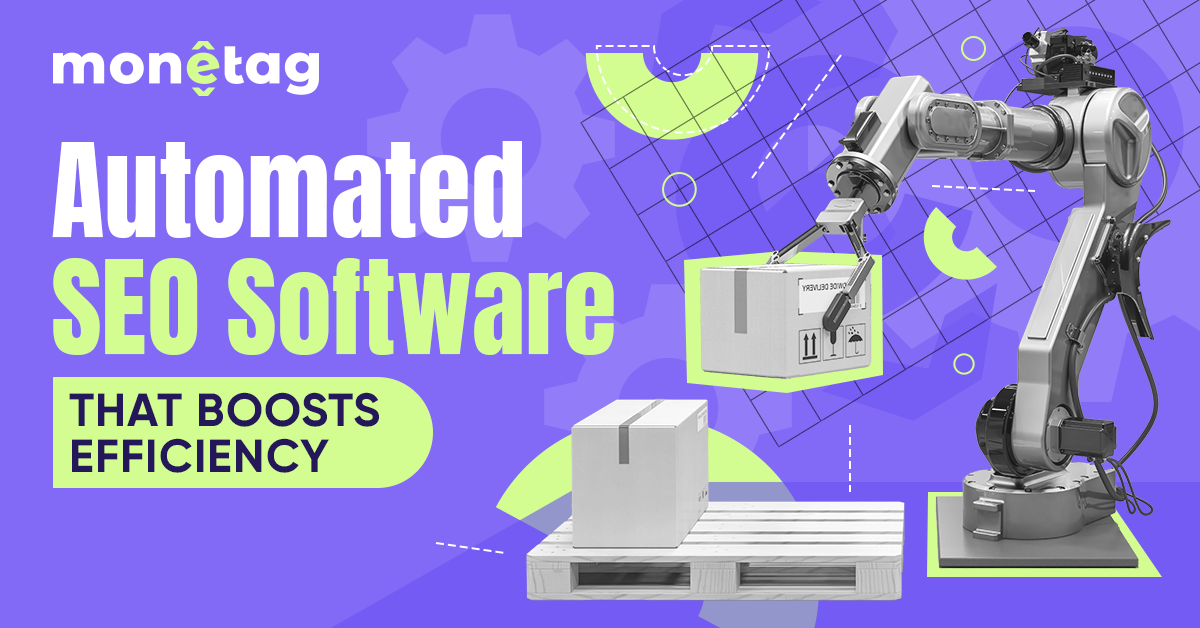| Area | SEO (Organic search) | SEM (Paid search) |
|---|---|---|
| Cost | Free clicks, but time and effort required | Pay-per-click advertising |
| Speed | Slow. It takes months to build | Fast. It can get traffic immediately |
| Placement | Below paid ads in search results | Above organic listings (labeled “Ad”) |
| Longevity | Long-term traffic | Traffic stops when ads stop running |
What is Search Engine Marketing (SEM)?

When you need to drive more traffic to your website fast, search engine marketing (SEM) can be one of the most powerful tools at your disposal.
SEM focuses on placing paid ads in search engine results, helping you get seen by people who are already looking for what you offer.
Unlike SEO, which focuses on organic rankings and can take months to show results, SEM gives you immediate visibility at the top of the page.
In this guide, we’ll explain SEM marketing, how it differs from SEO, which strategies and tools to use, and how to measure your results.
SEO vs SEM: What’s the difference?
If you’re new to search marketing, it’s easy to confuse SEM and SEO. After all, both involve showing up in search engine results. But while they work toward similar goals, they have very different strategies.
Here’s a quick breakdown to see the difference between search engine optimization vs search engine marketing:
In short:
- SEO earns your spot organically by creating valuable content and building authority.
- SEM pays for prominent placement to immediately reach people searching for your keywords.
Both approaches have value, and many businesses combine them for a more holistic search strategy.
How Search Engine Marketing Works
Here is one of the search engine marketing examples:

Paid ads appear at the top of search results with an ‘Ad’ or ‘Sponsored’ label. Organic listings are shown underneath.
Search engine marketing campaigns are built to ensure the right ads reach the right people. It starts with researching keywords. These are the words and phrases your potential customers are typing into search engines.
After finding the right keywords, you set up targeting options such as location, device type, language, and even the time of day to control when and where your ads appear.
The next step is creating your ads. A good SEM ad includes a strong headline, a clear description, and a link that matches the user’s search intent. Once the ads are ready, you set your bids to decide how much you want to pay for each click and establish a daily or campaign-wide budget.
When your campaign goes live, your ads enter what’s known as an Ad Auction. This system decides when and where your ads are shown based on your bid and the ad’s quality. Higher quality scores and competitive bids improve your chances of appearing at the top of the search results.
After launch, ongoing monitoring is essential. You’ll need to review your ad performance, adjust bids, refresh your copy, and fine-tune your targeting to ensure your campaign delivers the best possible return.
How to build an SEM strategy
An SEM campaign doesn’t happen by accident. It follows a setup process focusing on relevance, structure, and ongoing optimization.
Here’s how to build a campaign that delivers real results:
- Keyword research
Start by researching keywords. Strong keyword research is the foundation of any SEM strategy. Look for words and phrases that your ideal customers are actively searching for. Tools like Google Keyword Planner, SEMrush, and Ahrefs can help you find a balance between keywords that are popular enough to drive traffic, but not so competitive that they blow up your costs.
- Group your keywords
Once you have your list, organize your keywords into focused groups. Each group should center around a specific theme, product, or service. Well-organized campaigns make it easier to create highly relevant ads, and relevance is rewarded with better Quality Scores and lower cost-per-click (CPC).
- Check your copy for search intent
Your ads need to match what users are searching for. Clear headlines, useful descriptions, and strong calls-to-action are key. Good ad copy doesn’t just describe what you offer, but it connects directly to what the searcher wants. Adding ad extensions, like sitelinks or callouts, can also boost your visibility and click-through rates.
- Optimize your landing pages
Where you send people matters just as much as what you say. Make sure your landing pages deliver exactly what your ads promise. The best landing pages are fast, mobile-friendly, and focused on a single action you want the visitor to take. A good landing page can improve your Quality Score and lower your costs over time. - Manage your bids wisely
Managing your bids and budget is just as important as writing great ads. If you’re starting out, manual bidding gives you more control and helps you learn how different keywords perform. As you gather data, you can test automated bidding strategies to maximize clicks or hit specific cost-per-acquisition goals.
- Never stop iterating!
Finally, remember that SEM is an active process. Monitor your campaigns often. Test new ad variations, adjust bids, refine your keywords, and keep optimizing your landing pages. Even small changes can add up to much stronger campaign performance over time.
Advanced search engine marketing strategies to stay competitive
Once you have the basics down, the next step is leveling up your campaigns with more advanced strategies. These approaches can help you stand out and stay ahead of the competition.
- Optimize for voice search
Voice searches are becoming more common every year, especially on mobile devices. Focus on using long-tail keywords and more conversational language in your ads to capture these search queries.
- Automate where it makes sense
SEM platforms like Google Ads offer smart features to save time and improve performance. Automated bidding, smart campaigns, and automated rules can help you manage large campaigns more efficiently, especially once you have enough data to work with.
- Customize for different devices
More than half of global web traffic now comes from mobile devices. Make sure your ads and landing pages are designed with mobile users in mind. Shorter headlines, faster load times, and simple page layouts can all improve your results on mobile.
- Explore beyond Google
Google search engine marketing is essential: Google dominates search advertising. However, it’s not the only option. Bing Ads often have lower CPCs and less competition. Platforms like Amazon Ads offer strong opportunities if you’re selling products. Testing alternative platforms can sometimes deliver better returns with less competition.
Free and paid SEM tools you should know
Running a successful SEM campaign is much easier with the right tools. Some focus on keyword research, others help with competitive search engine marketing analysis or testing. Here are a few worth knowing:
| Tool | Free version | Paid version | Key features |
| Google Keyword Planner | Yes | N/A | Keyword research, bid estimates |
| Semrush | Yes (limited) | Yes | All-in-one SEM/SEO, competitor analysis |
| Ahrefs | No | Yes | Backlink/keyword research, competitor analysis |
| SpyFu | Yes | Yes | Competitor PPC/SEO research |
| SE Ranking | No | Yes | Rank tracking, competitor analysis |
| Optmyzr | No | Yes | PPC optimization, automation |
| Adthena | No | Yes | Competitive intelligence, market trends |
| WordStream | Yes | Yes | Keyword research, campaign management |
| Keyword Tool IO | Yes | Yes | Keyword suggestions, long-tail research |
| Microsoft Clarity | Yes | N/A | User analytics, heatmaps |
Google Keyword Planner is a good starting point for most advertisers. If you want deeper insights into your competitors’ strategies or explore more keyword opportunities, SEMrush and Ahrefs offer powerful features, though they come at a cost.
Choosing the right mix of search engine marketing tools depends on your goals, your budget, and how much time you’re ready to invest in fine-tuning your campaigns.
How to measure SEM campaigns
Setting up a campaign is just the beginning. If you track the right performance metrics, you can make sure your SEM efforts are working well and spot areas of improvement.
Here are the key numbers to watch:
- Click-Through Rate (CTR)
Shows how often people who see your ad click on it. Higher CTR usually means your ad is relevant and compelling.
- Cost Per Click (CPC)
Tells you how much you’re paying for each click. Keeping your CPC low while maintaining good traffic quality is a major goal in SEM.
- Conversion Rate
Measures how many people take a desired action after clicking your ad. For example, filling out a form or making a purchase. High conversion rates mean your landing pages and offers are working.
- Quality Score
Google’s measure of your ad relevance, expected click-through rate, and landing page experience. Better scores lower your costs and improve your ad placement.
Tracking these metrics regularly helps you spot what’s working and what needs adjustment. A dip in CTR might mean it’s time to refresh your ad copy, while a high CPC could suggest you need to refine your keyword targeting or improve your Quality Score.
Best practices to boost SEM results
Personalize your ads
The more your ads feel like they were written for the individual viewer, the better they perform. Personalization can be as simple as adjusting your messaging for different devices or using audience-specific offers and language. Even small tweaks can lift your click-through rates and lower your costs.
Create urgency with countdowns
Deadlines drive action. Adding a countdown timer to your ads. For example, for a sale ending soon or a limited-time offer. This gives people a reason to act immediately. It’s an easy way to turn interest into clicks and conversions.
Match your ads and landing pages
A strong SEM campaign doesn’t stop at the click. To keep momentum, make sure the landing page matches what the ad promised. Consistent messaging, visuals, and calls-to-action create a smoother experience, which improves both your Quality Score and your conversion rates.
Use similar audiences to expand your reach
Platforms like Google Ads allow you to create “similar audiences” based on your best customers. Targeting people who share characteristics with your top converters is an efficient way to scale your campaigns without guessing who to reach next.
Final thoughts
Search engine marketing opens the door to fast, targeted traffic when it’s done with a clear strategy. Setting up well-organized campaigns, writing ads that match real user intent, and continuously optimizing your approach separates effective SEM from wasted budget.
At the same time, remember to look beyond the basics as you become more experienced. Voice search, automation, mobile-first design, and testing new platforms are all ways to stay competitive.
The good news is you don’t need to master everything at once. Start with a strong foundation, monitor your results, and stay adaptable. With the right setup and steady improvements, SEM can become a powerful growth driver.









